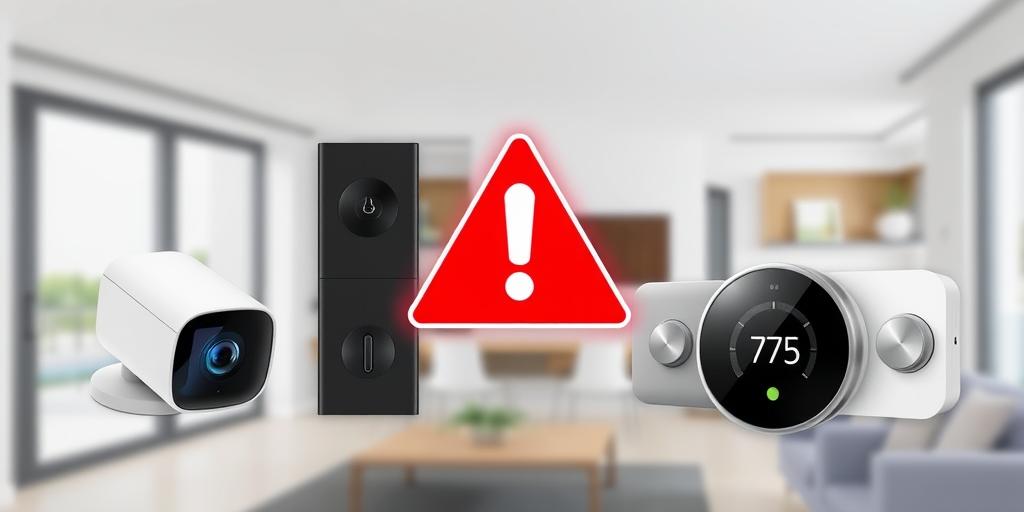Major Security Flaw Found in Popular Smart Home Devices: Is Yours Affected?
Smart home devices have become increasingly popular, offering convenience and automation to our daily lives. However, a recently discovered security flaw in several popular smart home devices raises serious concerns about the safety and privacy of users. This article will delve into the details of the vulnerability, which devices are affected, and what steps you can take to protect your home.
The Vulnerability
The security flaw, discovered by cybersecurity researchers, lies in the outdated firmware of several smart home devices. The vulnerability allows hackers to gain unauthorized access to the device and potentially control other devices on the same network. This could lead to a range of malicious activities, including:
- Data Theft: Access to personal information, such as login credentials, financial details, and browsing history.
- Device Control: Remote manipulation of smart home devices, such as lights, thermostats, and door locks.
- Network Hijacking: Using the compromised device as a gateway to infiltrate the entire home network.
- Eavesdropping: Gaining access to audio and video feeds from smart cameras and microphones.
Affected Devices
The following popular smart home devices are known to be affected by the security flaw:
- Smart Cameras (various brands)
- Smart Door Locks (certain models)
- Smart Thermostats (select manufacturers)
- Smart Hubs (older versions)
It is crucial to check the manufacturer's website or contact their customer support to determine if your specific device is affected. The vulnerability is more prevalent in older devices that have not received recent firmware updates.
How to Protect Your Smart Home
To mitigate the risk of your smart home devices being compromised, follow these steps:
- Update Firmware: Ensure that all your smart home devices are running the latest firmware. Manufacturers often release security patches to address known vulnerabilities.
- Change Default Passwords: Change the default passwords of your smart home devices to strong, unique passwords. Avoid using easily guessable passwords or reusing passwords across multiple devices.
- Enable Two-Factor Authentication (2FA): If available, enable 2FA on your smart home devices and accounts. This adds an extra layer of security by requiring a second verification code in addition to your password.
- Isolate Your Smart Home Network: Create a separate network for your smart home devices using a guest network feature on your router. This prevents hackers from accessing your primary network if they compromise a smart home device.
- Disable Universal Plug and Play (UPnP): UPnP is a protocol that allows devices to automatically discover and communicate with each other. However, it can also be exploited by hackers to gain access to your network. Disable UPnP on your router unless it is absolutely necessary.
- Monitor Network Activity: Regularly monitor your network activity for any suspicious behavior. Look for unusual traffic patterns or devices connecting to your network without your knowledge.
- Research Before Buying: Before purchasing a smart home device, research the manufacturer's security reputation and track record. Choose devices from reputable brands that prioritize security and regularly release firmware updates.
Conclusion
The security flaw found in popular smart home devices highlights the importance of taking proactive measures to protect your home from cyber threats. By updating firmware, changing default passwords, enabling 2FA, isolating your smart home network, and monitoring network activity, you can significantly reduce the risk of your devices being compromised. Stay informed about the latest security vulnerabilities and take the necessary steps to keep your smart home safe and secure.









